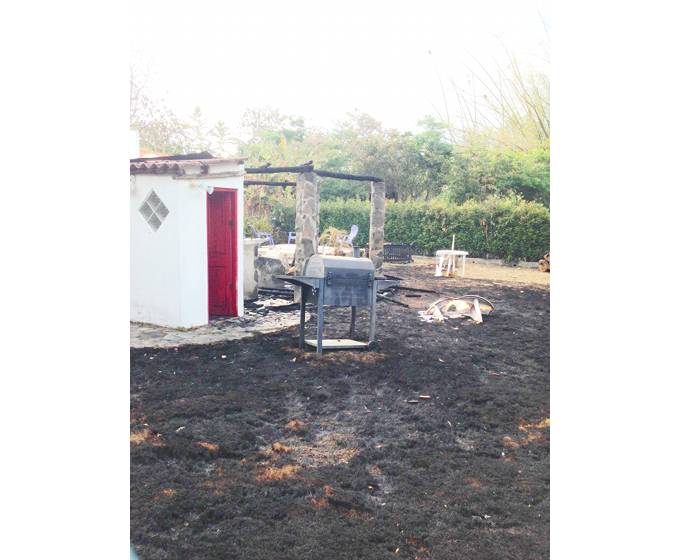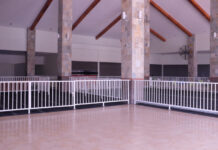
Another burning season
photos and video by John July, note by Eric Jackson
It’s burning season, a tradition that goes back thousands of year here. Go chopping through the red clay in many a place that has been inhabited off and on for a very long time and you may encounter one or more thin black layers in the soil. Those are the marks of burning seasons long ago.
Why? Swidden agriculture worked well in a Panama that was not heavily populated. Slash away a part of the jungle, set it on fire and the ash provides fertilizer that allows a season or two of crops in the not so nutrient-rich red clay (or sandy white) land. After a couple of seasons the paractice was to abandon that place to the jungle and cut down a new patch to farm. It worked reasonably well in its time.
Had the heyday of slash-and-burn come and gone before the Spanish Conquest? The isthmus supported a much larger population shortly before the Europeans arrived, with their guns and horses and attack dogs and deadliest of all, their diseases. From studies of forestation, deforestation and archaeology as well as the Spanish church and governmental records we know that there was a great reduction in the population following the conquerors’ arrival. The details are emerging and such lines of inquiry as DMA research, folklore in indigenous languages, explorations of old sites with ground penetrating radar, the analysis of old garbage dumps and so on are giving us ever more detail on what happened. When the Spaniards arrived there were little warring territories and that may have been about competition among groups that had exhausted their lands by too frequent slashing and burning. After the conquest forests grew back in many parts of Panama where they had been cut down.
Those who would build fertile soil by adding compost to infertile fields should not burn anything. The fire not only depletes the carbon that enriches the soil but also kills the worms and microbes that help make the soil fertile.
In any case, in the 1950s the old Panama Canal Company sealed the fate of swidden agriculture and the natural regeneration of forests with a monumental environmental blunder. To shore up the banks of the Panama Canal’s Culebra Cut, they imported Vietnamese elephant grass — paja canalera or Saccharum spontaneum — and it became the most prolific of invasive weeds. Slash and burn a patch of forest and what grows now is this stuff, grass that cows and horses won’t eat. The grass must be aggressively eliminated before there can be a new generation of trees.
So why, other than an ignorance beyond traditionalism, would someone burn their land in a place like Coronado? So many of the people there, Panamanians and newcomers alike, put a high premium on cutting labor costs. The law requires that people periodically clear their fence lines of vegetation. It is cheaper to burn it than to hire somebody to cut it.
Such burning is also illegal. Breathing in the smoke is unhealthy. Sweeping away the soot and ash that falls on the neighborhood is another household chore imposed from without. And then, as happened here, the fire can spread beyond the property of the one doing the burning. As it turned out, spreading to burn a neighbor’s casita and down a utility line. The bomberos who were called to the scene were surely not amused by the time, labor, expense and risk involved to them.












